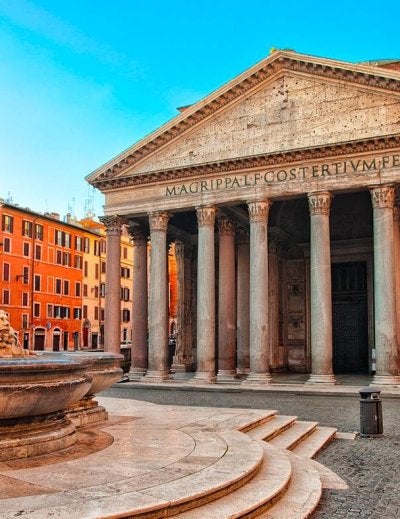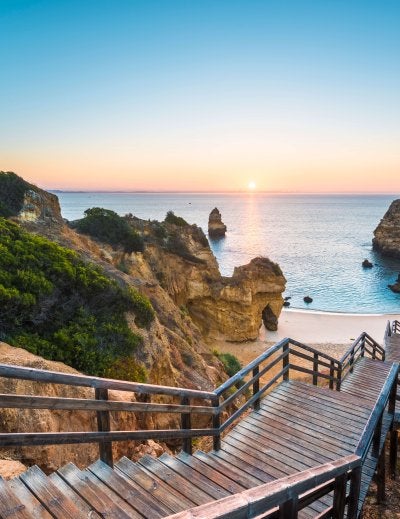
Villa Romana del Casale: A Complete Travel Guide
The Villa Romana del Casale, located just a few kilometres southwest of Piazza Armerina in Sicily’s Enna province, is one of the island’s most impressive archaeological sites. Nestled in the beautiful valley of the River Gela, this vast late Roman villa was built between 320 and 350 AD and is famous for its incredible mosaics. These colourful works of art, covering more than 3,500 square metres, are among the best preserved and most detailed in the world, depicting scenes from mythology, sport, and daily life in the Roman Empire.
Recognized by UNESCO as a World Heritage Site since 1997, the villa stands out for its architectural design and the richness of its decorative features. It was both a luxurious residence and the centre of a large agricultural estate, or latifundium, where crops like olives, vines, and cereals were cultivated. Today, the Villa Romana del Casale is one of the finest examples of ancient Roman life and art to survive anywhere in the Mediterranean.
To learn more about cultural attractions across the island, explore Exoticca’s guide to the things to do in Sicily.
Historical Background
Constructed in the early 4th century AD, the Villa Romana del Casale is believed to have belonged to a wealthy Roman official or senator. Many historians attribute it to Lucius Aradius Valerius Proculus, a high-ranking figure who served as governor of Sicily during the reign of Constantine the Great. The size and opulence of the villa reflect its owner’s social status and wealth, with features that rival the finest residences of the Roman Empire.
After centuries of use, the villa was partially destroyed by the Normans around 1160. Later, a mudslide from Mount Mangone buried much of the complex, which inadvertently protected the mosaics from damage and decay. Rediscovered in the 19th century, the site was systematically excavated in the 20th century, especially under archaeologist Gino Vinicio Gentili in the 1950s, revealing its full scale and magnificence.
What to See
The Mosaics
The mosaics are the villa’s main highlight, covering more than 3,500 square metres and featuring intricate designs made from tiny coloured stones. Created by skilled North African artisans, these artworks illustrate everything from mythology to scenes of hunting, entertainment, and everyday life.
Key highlights include:
- The “Bikini Girls” Mosaic: One of the most famous mosaics in the villa, this scene shows women participating in various athletic activities, including running, discus throwing, and weightlifting — one of the earliest depictions of female athletes in antiquity.
- The Great Hunt Corridor: Stretching more than 60 metres, this grand mosaic depicts the capture and transportation of wild animals such as elephants, tigers, and antelopes for Roman games. The complexity of the composition and its symbolic restraint make it one of the villa’s most striking features.
- The Circus Games Mosaic: Found in the bath complex, this mosaic portrays chariot races at Rome’s Circus Maximus, capturing the thrill of the ancient sport.
- The Hercules Mosaic: Located in the triclinium, or dining hall, this piece illustrates the mythological labours of Hercules with remarkable artistry and colour.
Architecture and Layout
The Villa Romana del Casale is laid out as a single-story residence centred around a large peristyle courtyard. It was designed with areas for public ceremonies, private living, bathing, and entertainment.
- Monumental Entrance: Visitors entered through a three-arched gateway leading into a courtyard decorated with marble columns and fountains.
- The Basilica: A formal hall where the owner received guests, featuring pink granite columns and mosaic floors made of rare marbles from across the Mediterranean.
- Thermal Baths: The villa’s bath complex includes changing rooms, heated chambers, and massage areas, showing the Roman passion for bathing culture.
- Elliptical Peristyle and Triclinium: This elegant section, with three apses used for banquets, served as a social and ceremonial space.
Frescoes
While the mosaics are the main draw, parts of the villa also preserve traces of frescoes, revealing that its walls were once painted with decorative motifs and scenes complementing the floors.
Visiting Information
- Location: Around 3 km southwest of Piazza Armerina, Sicily.
- Opening Hours: Daily from 9:00 AM to 7:00 PM in summer and until 5:00 PM in winter. Check the official website before visiting.
- Tickets (2025): €14 for adults and €6 for children. Entry is free on select dates, such as the first Sunday of each month.
- Guided Tours: Offered in multiple languages, including English and Italian. Tours provide in-depth insights into the villa’s history and mosaics.
- Facilities: Visitor centre, café, restrooms, and souvenir shops.
- Accessibility: Some areas are accessible for visitors with mobility needs.
How to Get There
- From Piazza Armerina: Local buses run from the town centre to the villa several times per day.
- From Palermo: About two hours by car, or slightly longer by bus (SAIS Autolinee) or train via Enna.
- From Taormina: Several tour operators offer full-day excursions that include transportation and a professional guide.
Travel Tips
- Best Time to Visit: Spring and autumn offer the best weather for sightseeing.
- Recommended Duration: Plan to spend at least 2–3 hours exploring the site.
- What to Bring: Comfortable shoes and water, as the complex covers a large area.
- Visiting Options: Guided tours are the best way to appreciate the mosaics’ meanings and craftsmanship.
Nearby Attractions
- Piazza Armerina: Visit the town’s cathedral and Palazzo Trigona, which houses the Museum of the City and Territory.
- Valley of the Temples (Agrigento): Often paired with the villa in day trips, this UNESCO site features some of the best-preserved Greek temples in the world.
- Other Highlights in Sicily: Discover Taormina, Noto, Siracusa, Catania, and Mount Etna for more of the island’s cultural and natural wonders.
Why Visit the Villa Romana del Casale
The Villa Romana del Casale offers a fascinating glimpse into the luxury and artistry of Roman Sicily. Its extraordinary mosaics bring the world of the late Roman elite vividly to life, while its architecture showcases the sophistication and wealth of the period.
Exploring its mosaic-covered halls feels like stepping back into history, making it one of the most rewarding cultural experiences in Sicily. For travellers interested in art, archaeology, or ancient history, the Villa Romana del Casale is an unmissable destination.


